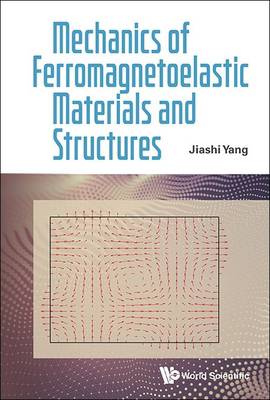
- Afhalen na 1 uur in een winkel met voorraad
- Gratis thuislevering in België vanaf € 30
- Ruim aanbod met 7 miljoen producten
- Afhalen na 1 uur in een winkel met voorraad
- Gratis thuislevering in België vanaf € 30
- Ruim aanbod met 7 miljoen producten
Zoeken
€ 134,45
+ 268 punten
Omschrijving
This book presents macroscopic theories of magnetoelastic interactions in solids, mainly for saturated ferromagnetoelastic materials. In these materials, the distributed magnetic moments are aligned and have a fixed magnitude. A disturbance of the magnetic moments propagates as what is called spin waves. In elastic ferromagnets, acoustic waves may interact with spin waves, which is referred to as phonon-magnon interaction. Continuum modeling of magnetoelastic interactions in saturated ferromagnets has a few unique and interesting features. In addition to the magnetic body force and couple on the magnetic moments, the short-range interaction among neighboring magnetic moments may be described by distributed surface couples. This leads to a magnetization gradient theory. The angular momenta associated with the magnetic moments need to be considered for spin waves. In addition, the saturation condition on the magnetization vector functions as a constraint mathematically, which has important implications in the constitutive relations of these materials. The book discusses the relatively simple situation of rigid ferromagnets first and then proceeds to elastic ferromagnets. Thermal and dissipative effects as well as interactions with electromagnetic waves are also considered. Structural problems of elastic plates and beams with magnetoelastic interactions are treated as well.
Specificaties
Betrokkenen
- Auteur(s):
- Uitgeverij:
Inhoud
- Aantal bladzijden:
- 224
- Taal:
- Engels
Eigenschappen
- Productcode (EAN):
- 9789819808137
- Verschijningsdatum:
- 11/08/2025
- Uitvoering:
- Hardcover
- Formaat:
- Genaaid
- Afmetingen:
- 152 mm x 229 mm
- Gewicht:
- 467 g

Alleen bij Standaard Boekhandel
+ 268 punten op je klantenkaart van Standaard Boekhandel
Beoordelingen
We publiceren alleen reviews die voldoen aan de voorwaarden voor reviews. Bekijk onze voorwaarden voor reviews.








